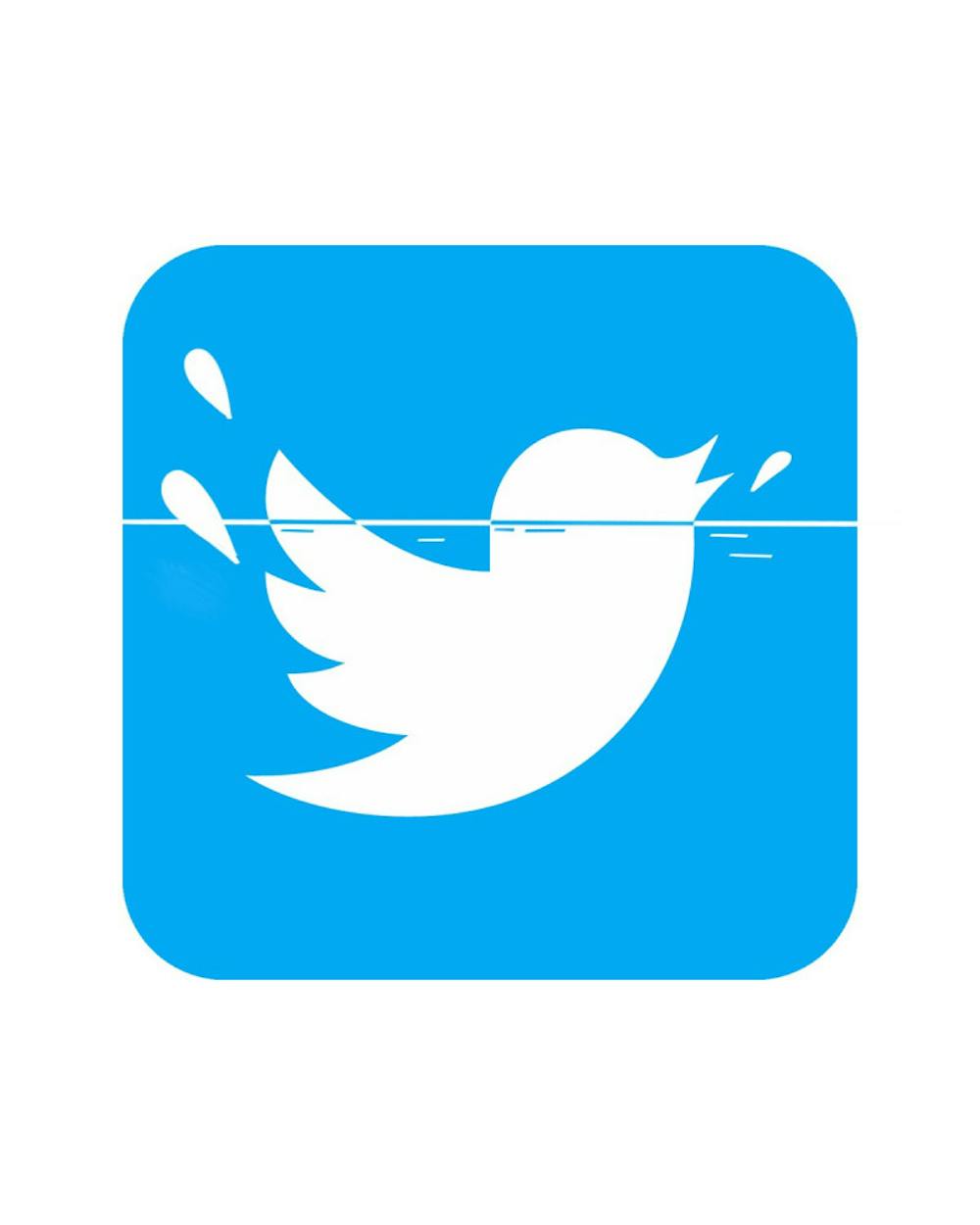With President Trump actively denying the existence of climate change, views on the topic remain polarized. Conclusions from reports conducted by researchers and engineers often clash with personal opinions. A new study led by Thomas Marlow GS addresses this divide, analyzing the connections between political polarization and climate change on Twitter.
Many conservatives dispute the concept of climate change — man-made climate change especially, Marlow said. “We’re interested in how that can be.”
Marlow believes that one of the “big drivers” behind this denial is social media influence. “We’re scraping hundreds of thousands of tweets to see if there are patterns of certain … groups that speak about the issue in different ways,” said Timmons Roberts, professor of environmental studies and sociology at the Institute at Brown for Environment and Society who helped facilitate the project. The group also attempted to determine whether the tweets were genuine or from automated Twitter bots that promoted “certain discourses,” he added.
After tapping into the Twitter stream, which Marlow calls the “fire hose,” the researchers used a Python script to filter out tweets containing key words and phrases, such as “climate change” and “global warming.” The script was written by Sean Miller GS, a data science master’s student. From there, the group created a network depicting how the tweets within a specific topic are connected to one another and how they relate to other topics. Finally, the group fed the tweets into a botometer, a machine learning algorithm developed by separate research organizations, that takes in a twitter handle and returns the likelihood that the specific account is a bot.
The group ran a pilot study over a three-week period this past summer and gathered some preliminary results. Of their initial sample size of 144,000 users, the group found that roughly 23,000 were bots, Marlow said. Together, these bots were generating 20 percent of all tweets collected, he added.
The group also found that there were two topics that dominated discourse: global warming itself and how the Trump administration and other nations are reacting to climate change. The topic that attracted the greatest number of bots was focused on a specific campaign on a climate policy in Canada. “98 percent of all tweets about that campaign and that policy were generated by bots,” Marlow said, “So, they’re prevalent.”
“We need to understand how discussions are taking place,” Roberts said, including “who is leading those discussions (and) who is manipulating those discussions.”
“It is important, very important, to understand how opinions flow,” said Auroop Ganguly, professor of civil and environmental engineering at Northeastern University who was unaffiliated with the study. Ganguly believes that researchers should address what “causes these opinions to change,” and the impacts of opinions across diverse groups. The University project “is a good way to understand what is happening,” he added. “It’s fine to have opinions, as long as we understand where it is coming from and why.”
In the future, the group hopes to continue work on the project and expand their data set to include more tweets. By doing so, they would be able to look at specific moments in time pertinent to climate policy, such as the signing of the Paris Agreement in 2015 or President Trump’s announcement that he would withdraw from the agreement in 2017. They are also looking for a more detailed explanation of how bots influence the discourse on climate change and contribute to an already polarized network.
“We know they’re working” Marlow said, describing bots on Twitter. “Are they just retweeting? Are they generating content? Are they actually tweeting at people? We just don’t know what they’re doing.”





